Unemployment highlighted in PRIHATIN 2.0

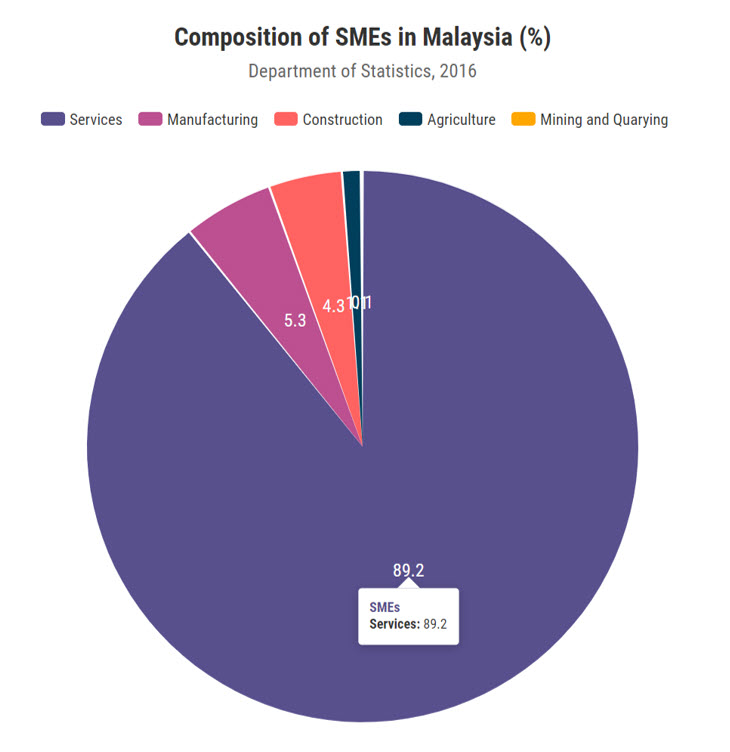
Small and medium enterprise (SMEs) makes up 98.5% of the business establishment in Malaysia with the majority in the service sector. As such, a significant percentage of Malaysians employees are working for the SMEs.
While the government abstained from the flexibility of companies for retrenchment, there was no clear-cut incentive to retain staff. Only selected employees under company with dropped of revenue more than 50% are entitled for the Wages Subsidy Programme. With loan deterred yet no cash flow, the initiative has overstated the role of debt and understated the role of fixed expense.
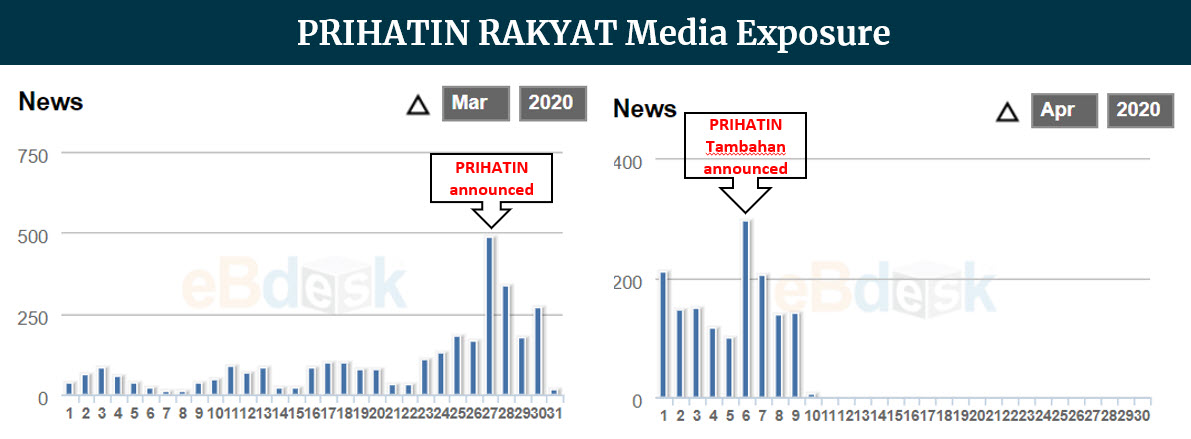
PRIHATIN Tambahan or PRIHATIN SME Plus was announced on 6th April as a direct response to the outcry among SMEs in Malaysia that felt left out from the country’s RM250 billion Prihatin Rakyat Economic Stimulus Package. In the announcement of PRIHATIN Tambahan, the government has allocated an additional RM10 billion for SMEs, introduce tax break, foreign worker levy cut and micro credit scheme among many others.
With the unveiling of PRIHATIN Tambahan’s allocation designated for the SMEs, the initiative is aimed to ease the burden of Malaysian SMEs amid the global pandemic and MCO.
The government responsiveness in addressing the plight of the business owners has invoked positive sentiment as seen by the media headlines on the announced date.
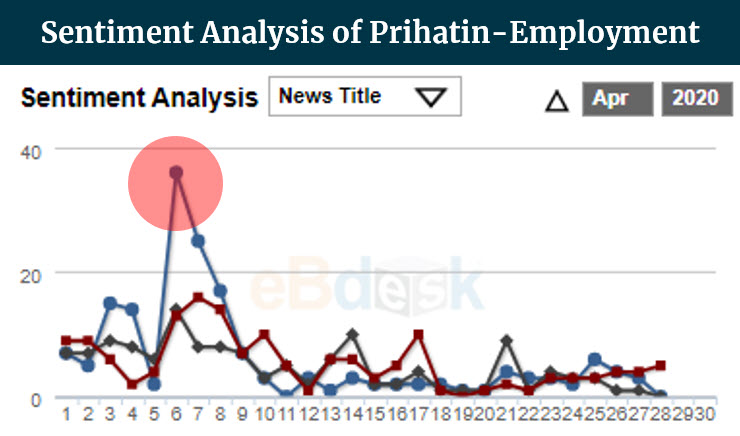
Without governmental intervention, business closure or downsizing due to the pandemic and MCO will see a shrink in labor force. As such, with the announcement of PRIHATIN Tambahan, the news sentiment related to employment has been largely positive.
The employment issue in the media following the announcement is concentrated on the wage subsidy program. The initiative is designated for private sector employee with a salary of less than RM4,000.
The salary subsidy for SMEs has been expanded to RM13.8 billion from RM5.9 billion. This include SMEs of all workforce size. For company with less than 75 employees the subsidy is not limited to those with 50% drop in income. This move resonated with previous outcry by the SMEs.
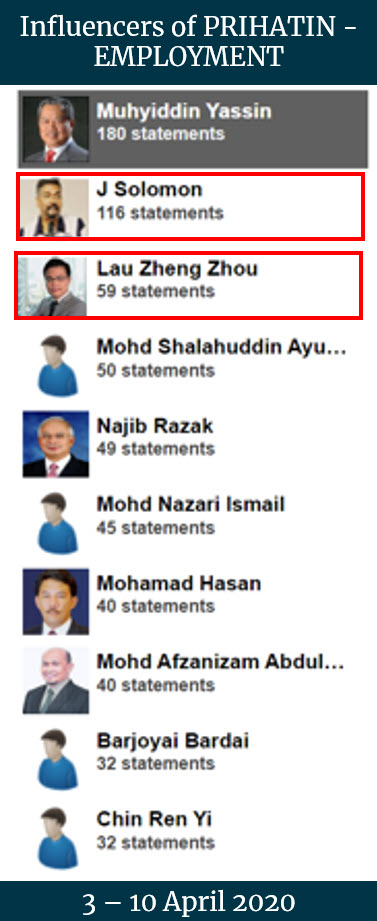
According to media intelligence, Prime Minister Muhyiddin Yassin, was the top influencer of the employment issue as he announced the additional stimulus package. Most of his statements were quoted from his announcement speech of the stimulus package on April 6.
However, after the announcement, Google search found that he did not make much follow-up statements.
As the Malaysian Trades Union Congress (MTUC) secretary-general, J Solomon visibility on the employment issue is very timely.
His critic mainly pertained to the lack of safeguard mechanism for SMEs workers who earned RM 4 000 to RM 8000. He was also concerned on how the government was going to ensure that the employers will abide to the rule that those who accept the subsidy must not retrench workers for a six-month period.
Meanwhile, The Institute for Democracy and Economic Affairs (IDEAS) were visible in the employment issue through their research manager, Lau Zheng Zhou.
Ranking third in influencer list, he made 59 statements following PRIHATIN SME Plus announcement. Lau suggested further steps to be taken by the government; advocating targeted incentives for businesses to adapt and reskill.
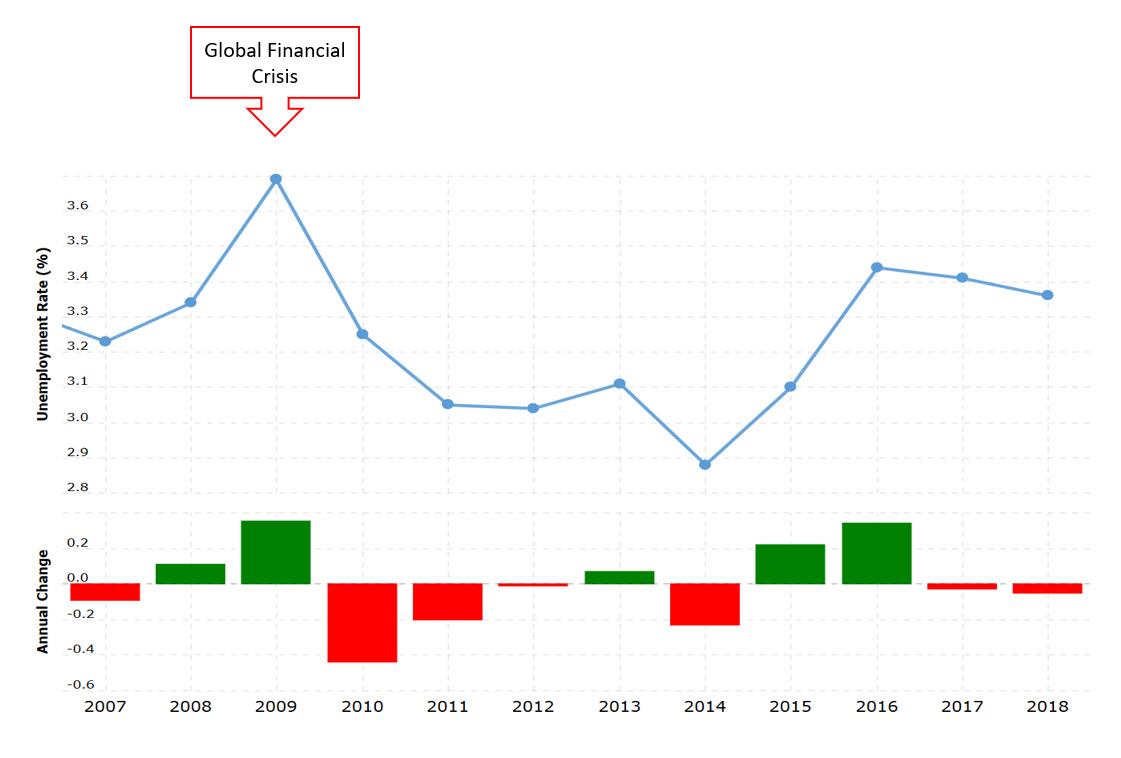
Looking at unemployment from a bigger perspective, Bank Negara foresees a rise in the unemployment rate to 4% or 629,000 individuals this year, increased from 3.3% in 2019. In comparison, during the global financial crisis, the country’s unemployment rate was at 3.7% in 2009, while during the Asian financial crisis in 1998, the unemployment rate was at 3.2%.
While PRIHATIN SME Plus may be able to halt SMEs from going out of business, some form of retrenchment is inevitable.

